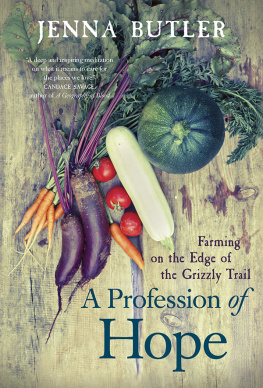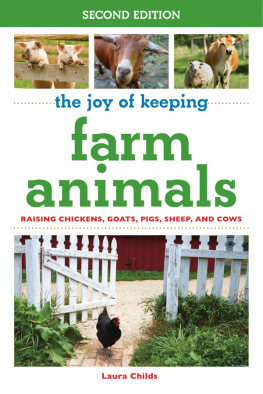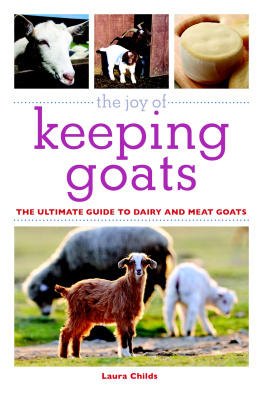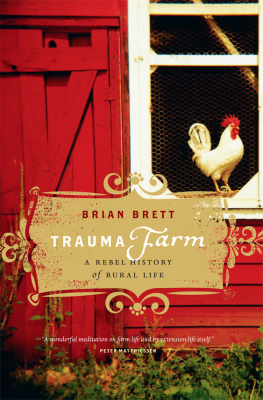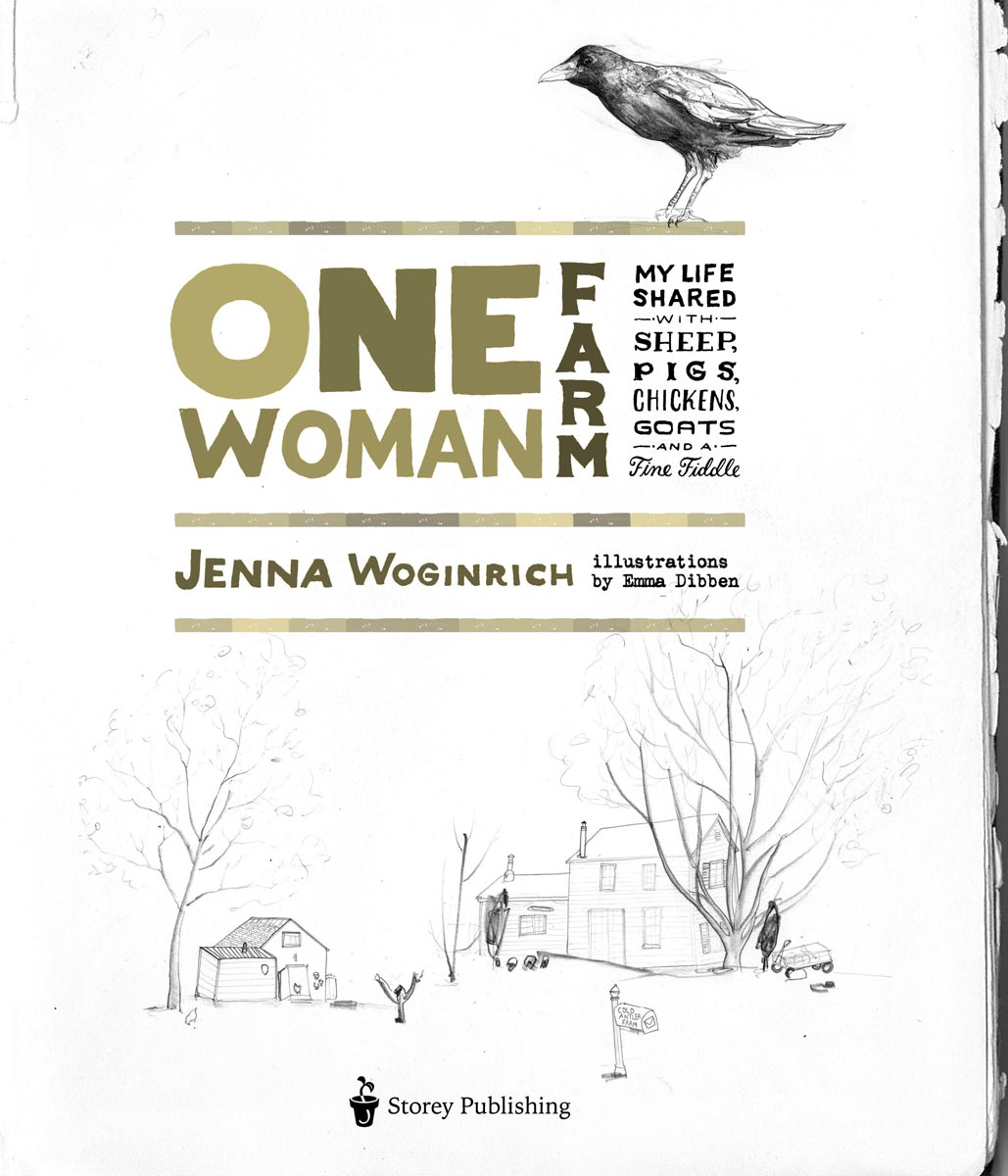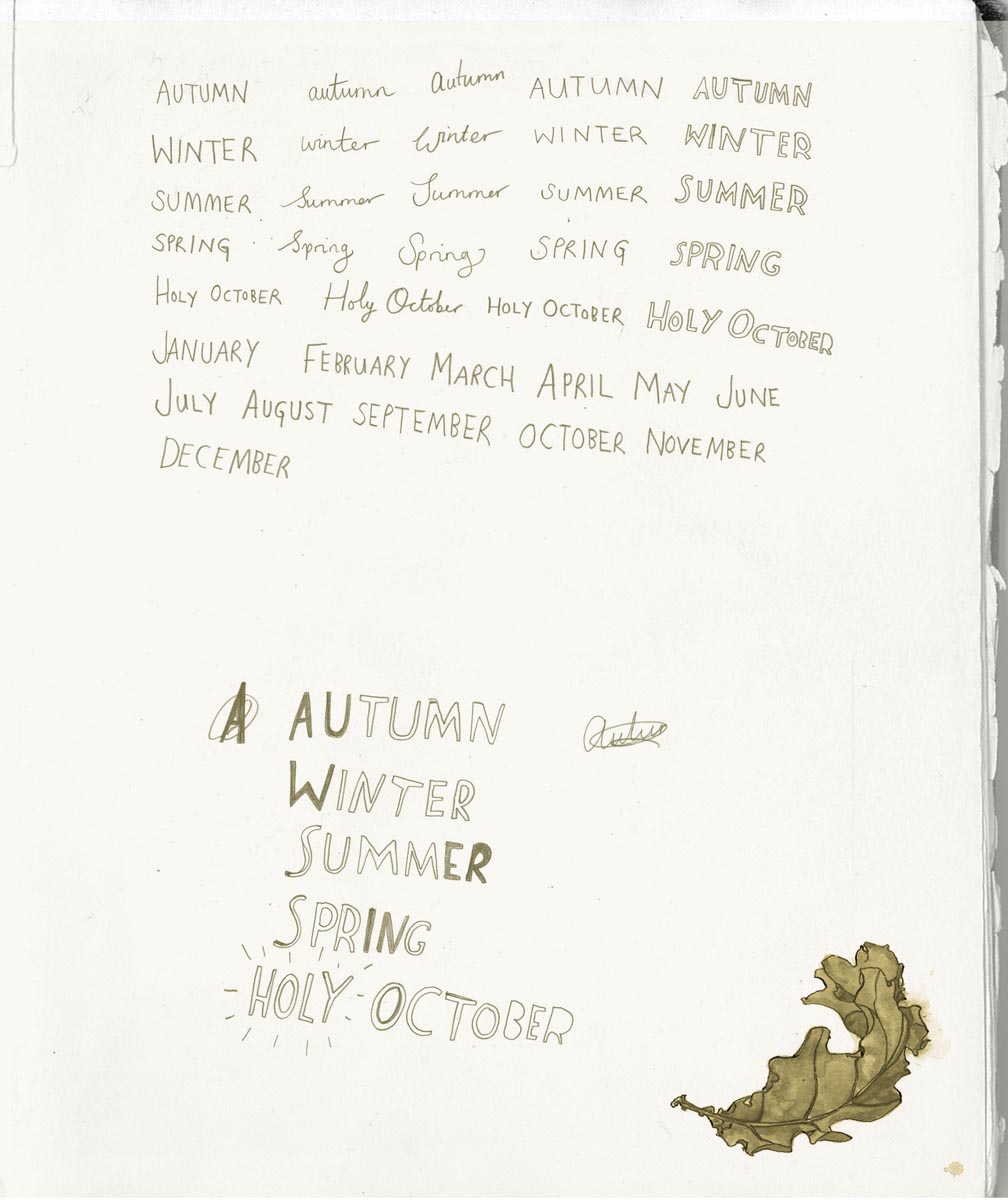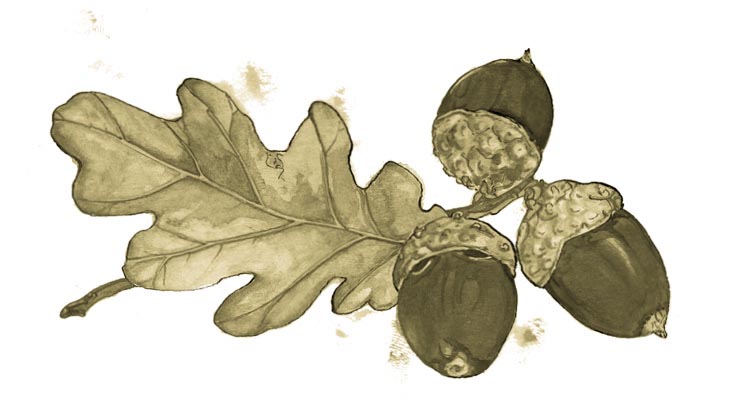Contents
Thank You

Id like to thank all the family, farmers, readers, friends, and teachers I have had along the way. Especially my parents, Pat and Jack Woginrich, who are tolerating a farmer as a daughter however exasperating and confusing it may be. Thank you, Brett McLeod, the best friend a farm gal could ever have. I must also express my intense gratitude to my Washington County neighbors Patty and Mark Wesner, the Daughton family, Tom Brazie, Jon Katz and Maria Wulf, and all the tribespeople down at Common Sense Farm. Thank you to Paul Fersen, Cider Dave, Ajay Rubin, Riding Right Farm, and all the others who have taught me on my journey. I really want to thank everyone at Storey Publishing, especially my editor Deb Burns, who helped form this book in its infancy, and designer Carolyn Eckert, who expressed it so well. Thank you to all my old friends at Orvis who watched me evolve from new office employee to full-time farmer. Thank you to Connie Brooks and Battenkill Books, as well as New York states own Greenhorns, for cultivating a community where lingering woodsmoke can be the only truth that you have neighbors outside your own farms boundaries.
And thank you to my pack: Jazz, Annie, and Gibson, who have never left my side.
Days of Grace
The thing was to get now and then elated.
From In a Glass of Cider by Robert Frost
My friend Paul once ran a dairy of considerable size here in the upper Hudson Valley, but I met him when we worked for the same company, plugging away in a sanitized office. Paul always stood out from the rest of our coworkers, mostly because he looked exactly like I felt: so very out of place. When I think of him with his farmers stride walking across those buzz-cut lawns of corporate carpeting, I smile.
On a wet, dreary, late-November day, Paul looked out at the bleak scene on the other side of our sealed office windows and sighed. Leaning back in his chair, he crossed his arms, smiling, then said softly that these were the Days of Grace. I asked him what he meant. He explained that the Days are what farmers in this area call the time of year between falls fireworks and the first snowfall when everything in nature is in a state of transition and naked waiting. This fragile period is a window of reverent preparation, a gift of last chances to farmers in our four-season climate to get everything done before winter nails us. The Days of Grace are filled with tasks like stacking wood and repairing tractors, loading the last hay and feed grain in barns, and oiling the snow blower so that its ready to growl. Anything and everything necessary to prepare for the harsh season ahead gets completed, and everyone is grateful for the stolen time.
Heres to the ones who came before us.
This becomes a chance for quiet reflection in a life that forces constant vigilance and resourcefulness. Weeds are long dead. Cash crops have been sold. Wallets are fatter. And mornings start a little later. The entire world takes on the calmer veil of the shoulder season.
Hearing Paul talk about his feral holiday, I felt like a child on Christmas Eve. Paul gave me the ability to see the holidays that were hiding out past the fence posts and swirling around milk cans in the corner of the barn. Something was waking up inside of me and bringing back a sense of lost tradition that I was missing dearly. It was a relief to have it fill up the dusty place between my lungs and heart again.
Some people believe in guardian angels; I believe in lucky conversations.
Days of Grace struck me, and struck hard. I wanted to know it; I wanted to be in that club. Farmers became a sacred tribe to me, and their November mornings were so much holier than mine. If not for the weather and pages on a calendar, it could have been any morning of the year for me every Monday-through-Friday routine was precisely the same. People who farmed had a different way of understanding time, one based on sunlight and seasons, ebbing and flowing in activity like river water. Their year was alive, growing and dying. I felt cheated working indoors. I was so jealous it stung.
As those cold November days in the office plugged on, I imagined how it could feel to light the woodstove, pour a cup of coffee, and sit down with the newspaper, my dogs curled up at my feet. I desperately wanted this. I was grateful for my full-time job, but it was still a place I could not leave until darkness fell a whole day lost to a computer and walls. I obsessed about the ranchers, corn growers, and dairy owners sitting around the table at the Wayside Country Store just a few miles away from my office. With their morning work behind them and the season ended, those men and women gathered over breakfast, talking about grain prices and silage and gossiping about their neighbors. They were free and making life matter in a visceral way.
I ached to join their ranks.
Cold Antler Farm
When I first saw the place, I knew I had found my farm. The 900-square-foot house, built in 1850, was white and stout, sitting on the propertys only level piece of land. Its center of gravity was a red door and three windows, no more complex than if you asked your 10-year-old nephew to draw a house for you with a ruler. It had a steep slate roof that was more than a hundred years my senior, and the kind of angle that made you think of ski lodges. I smiled up at it. A dramatic roof = a dry house. This place had good bones. And I liked the look of it.
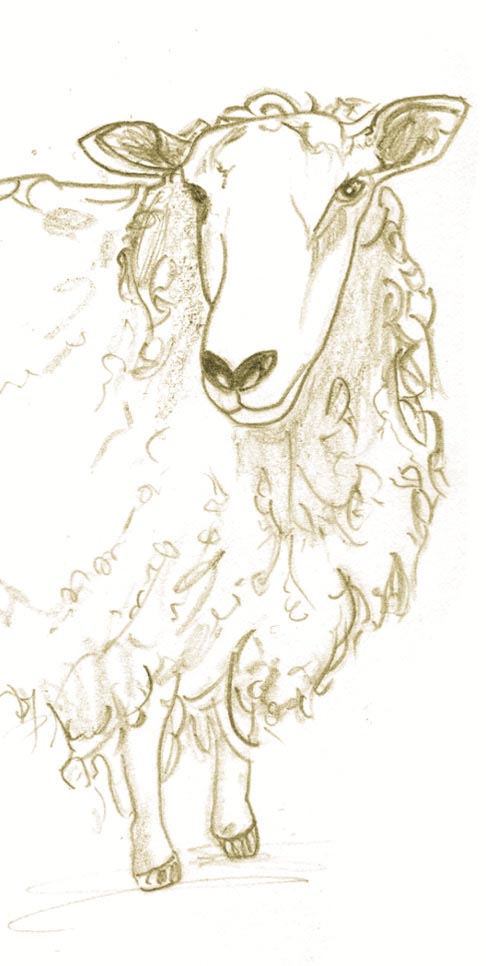
All around it was six and a half acres of forest and rising land, so even though this outcrop was free of trees, it still felt protected and surrounded by the maples and oaks. A stream gurgled behind us, cutting a route through the snow and ice. A small artesian well bubbled to my left, under the grandest maple tree I had ever seen. Picturing her in autumns glory, I got goose bumps. If hobbits had to live above ground, they would like it here.
To the houses right was a steep hill free of trees, save for a few old apples that twisted out of the snow as if Tim Burton had drawn them. Beyond were open fields, presumably an old pasture that the current residents mowed as an extended lawn. To the left was a barn, just as simple and quiet as the house, with red paint fading in the way people who reproduce primitive barn-board furniture try to replicate. Beside it was the old chicken coop, same red as the barn but with a fake chimney stove pipe jutting out the top. With the snow on it, it looked cozy. The place was free of livestock, but I could see its potential. I didnt even care what the inside of the house looked like. This was exactly what I needed: a small farm I could afford that made me feel safe. Its a good thing to feel before you step into a place you already love.


